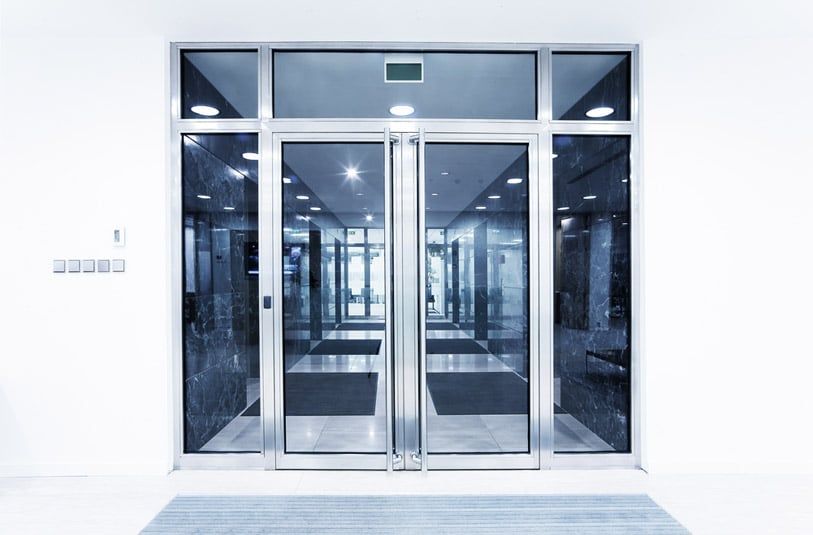Stainless Steel vs. Aluminium in Hospitals & Medical Environments
admin • August 13, 2021
The post Stainless Steel vs. Aluminium in Hospitals & Medical Environments appeared first on Sheetmetal Improvements & Design.
In medical environments, two types of metal reign supreme—stainless steel and aluminium. But how can you know what to choose for your business?
In a typical healthcare setting, you might see stainless steel consoles , aluminium pegboards, and other kinds of sterile medical equipment comprising these materials.
Hospitals and other healthcare installations frequently use both types of metal, but each offers distinct features and benefits.
So, let’s discuss how aluminium and stainless steel fare against each other, helping you make the right choice for your business.

By volume, stainless steel is about three times heavier than aluminium. This is relevant because heavier metals are typically stronger and more durable.
Stainless steel is also:
On the flip side, aluminium and its alloys are known for their lightweight nature. They’re a great choice for the rail, aerospace, and automotive industries where flexibility and load weight are crucial factors.
So, when deciding between stainless steel and aluminium, first consider the type of equipment you need and its use within your business.
For lightweight installations, like mobile carts and tools, aluminium is a fine choice. However, most medical environments require heavy-duty equipment, structural elements, and furniture—so for these items, stainless steel is ideal!
In healthcare settings, it’s crucial to sanitise surfaces regularly and effectively. You should choose surfaces that are easy to clean and disinfect.
Stainless steel has innate anti-microbial properties—and it also allows for easy cleaning—making it the best choice for hospitals and other medical environments. In fact, sterile processing departments frequently use stainless steel pass-through windows for this exact reason.
Corrosion can cause serious issues in medical environments—especially because hospital furniture and equipment is expensive to repair and replace.
Thankfully, stainless steel is highly resistant to corrosion, making it a fantastic choice for pharmacies, sterile processing departments, operating rooms, and other healthcare settings.
Thanks to its unique composition, stainless steel can form protective surfaces, preventing corrosion. This reaction takes place because of the metal’s chromium component.
When chromium reacts with oxygen, only a fine layer oxidises, creating a durable and non-reactive barrier. This barrier adheres to stainless steel surfaces and will not react with or transfer to other materials.
Interestingly, stainless steel also has self-healing properties. If the thin, non-reactive barrier experiences damage—whether chemically or mechanically—it can heal itself as long as oxygen is available in the room.
Its ability to self-heal is another reason why stainless steel is a cleaner choice. Small cracks and fissures provide an ideal breeding ground for bacteria.
Thanks to its formability, stainless steel is highly versatile compared to aluminium.
Whether you need trays, bedpans, bedrails, chairs, soap dispensers, or another piece of furniture or equipment, manufacturers can weld and fabricate stainless steel to suit.
Both stainless steel and aluminium have their merits—but in hospitals and other medical settings, stainless steel comes out on top. Thanks to its durability, strength, and anti-microbial properties, choosing stainless steel is the best option for medical equipment, furniture, and structural elements.
For stainless steel fabrication on the Gold Coast, call 07 5593 4183 or get in touch with the team at Sheet Metal Improvements.
We create durable, reliable stainless steel products to suit all medical applications.
The post Stainless Steel vs. Aluminium in Hospitals & Medical Environments appeared first on Sheetmetal Improvements & Design.
ABN: 26 699 030 510
Australian Industry Standard Certification Compliance
ABN: 26 699 030 510
Australian Industry Standard Certification Compliance